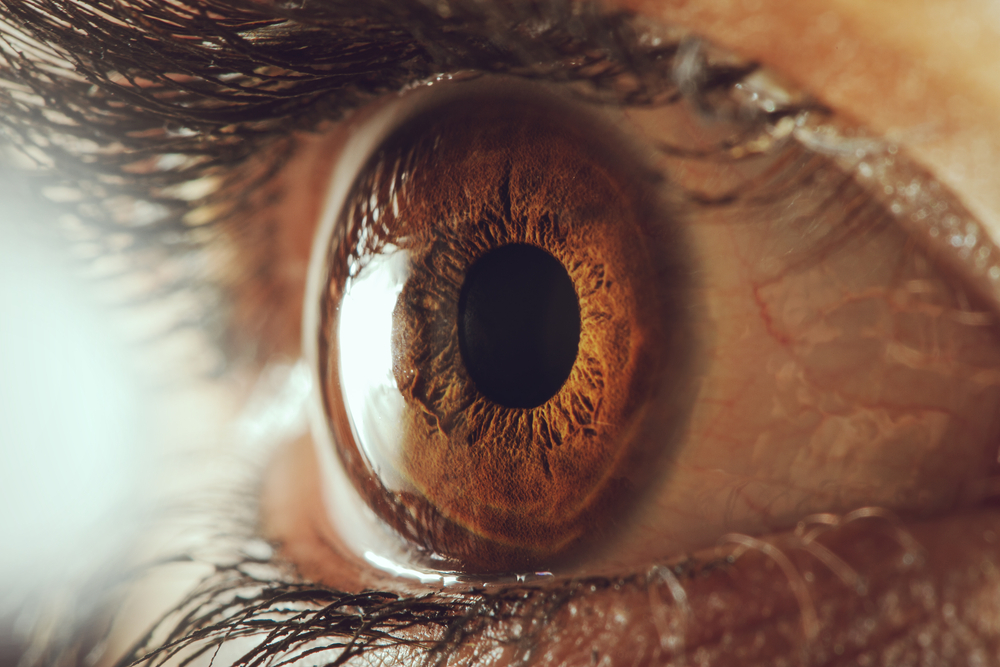
Is your vision blurry without prescription lenses because of astigmatism? Have you always wanted to be free of them?
If you’re looking for a permanent solution to astigmatism, PRK can help you achieve the best vision possible without glasses or contact lenses.
Keep reading to learn more about astigmatism, PRK, what to expect during PRK, and who is a good candidate for the procedure!
What is Astigmatism?
Astigmatism is a refractive error that occurs when your cornea is misshapen. Normally, the cornea has an even shape, like a basketball.
The round shape allows light to refract as it should and focus correctly on the retina so you can see clearly. But with astigmatism, the cornea has an oval shape like a football.
The irregular curvature of the cornea prevents light from bending properly and focusing sharply on the retina. Consequently, this causes distorted or blurred vision at all distances.
Astigmatism can occur with farsightedness or nearsightedness.
What Are the Symptoms of Astigmatism?
Astigmatism usually causes the following symptoms:
- Blurred or distorted vision
- Difficulty seeing at night
- Headaches
- Squinting
- Eyestrain
What is PRK?
Photorefractive keratectomy, or PRK, is a laser vision correction procedure that addresses refractive errors, including astigmatism, nearsightedness, and farsightedness. PRK can be a great alternative if you don’t qualify for LASIK because of the following reasons:
- Dry eyes
- Thin corneas
- Participating in contact sports like boxing, wrestling, or martial arts
- Working in certain professions such as police, military, or firefighting
What Happens During PRK?
Your eyes will be numbed with anesthetic eye drops to ensure a painless procedure. You may also be given a mild sedative to help reduce anxiety.
Next, your PRK surgeon will place a lid guard on your eye to stop you from blinking. They’ll then completely remove the outer layer of the cornea called the epithelium.
Removing the epithelium allows your surgeon to reach the corneal tissue below called the stroma. They’ll use an excimer laser programmed with your eye measurements to reshape your cornea.
The laser precisely removes small amounts of corneal tissue in the stroma to correct astigmatism and improve your vision. Finally, a clear contact lens is placed over your eye.
The contact lens acts as a bandage, protecting your eye as it heals. The procedure takes approximately fifteen minutes for both eyes.
What to Expect After PRK Surgery
Following PRK surgery, your vision will be blurry. Over the next three to five days, as your eyes heal, your eyesight will continue improving.
It can take three to six months to achieve your best vision.
Who is a Good PRK Candidate?
A successful PRK procedure is mostly determined by whether you meet certain criteria. The following requirements can make you a good PRK candidate:
- Healthy eyes
- Good general health
- Being 18 years or older
- Not pregnant or nursing
- Stable prescription for at least one year
- Refractive error that’s within the treatable range
Say Goodbye to Astigmatism with PRK
If you have astigmatism and want unaided vision, it’s time to consider PRK at Morganton Eye. With PRK, you can achieve the vision of your dreams and enjoy it for years to come.
Are you interested in learning if PRK may be right for you? Schedule an appointment at Morganton Eye Physicians in Shelby, NC, today!
